Difference between revisions of "The biodegradability of leather"
(Created page with "<p align=center> 300px </p> <p align=center> 500px </p> ==The biodegradability of leather== All le...") |
|||
| Line 10: | Line 10: | ||
==The biodegradability of leather== | ==The biodegradability of leather== | ||
| − | All leather is biodegradable over the long term, but depending on the [[tanning leather|tanning method]] and [[leather production|manufacturing process]], this can happen faster or slower. Before tanning, the animal [[rawhide]] degrades and decomposes very quickly. Skins become [[leather]] through tanning in the [[tannery]] and the tanning process prevents the process of decomposition and makes leather durable and resistant. Durability is one of the main [[leather | + | All leather is biodegradable over the long term, but depending on the [[tanning leather|tanning method]] and [[leather production|manufacturing process]], this can happen faster or slower. Before tanning, the animal [[rawhide]] degrades and decomposes very quickly. Skins become [[leather]] through tanning in the [[tannery]] and the tanning process prevents the process of decomposition and makes leather durable and resistant. Durability is one of the main [[leather quality|quality features]] of leather. As leather ages, it becomes more [[Leather damages#Disintegration of old leather|brittle and breaks up]] into small pieces. |
| Line 17: | Line 17: | ||
</p> | </p> | ||
<p align=center> | <p align=center> | ||
| − | [[bild: | + | [[bild:Leather-decay-01.jpg|500px]] |
</p> | </p> | ||
<p align=center> | <p align=center> | ||
| − | [[bild: | + | [[bild:Brittle-leather-02.jpg|500px]] |
</p> | </p> | ||
<p align=center> | <p align=center> | ||
| Line 40: | Line 40: | ||
<p align=center> | <p align=center> | ||
| − | [[bild: | + | [[bild:Antique-leather-saddle-01.jpg|500px]] |
</p> | </p> | ||
<p align=center> | <p align=center> | ||
Revision as of 17:45, 21 February 2023
The biodegradability of leather
All leather is biodegradable over the long term, but depending on the tanning method and manufacturing process, this can happen faster or slower. Before tanning, the animal rawhide degrades and decomposes very quickly. Skins become leather through tanning in the tannery and the tanning process prevents the process of decomposition and makes leather durable and resistant. Durability is one of the main quality features of leather. As leather ages, it becomes more brittle and breaks up into small pieces.
Wenn Leder altern, werden diese brüchig oder reißen ein.
Unter trockenen Bedingungen lösen sich diese Stücke nicht auf. Feuchtigkeit ist ein wichtiger Faktor für die Zersetzung von Leder. Daher halten Bücher in Bibliotheken sehr lange, aber Leder, welches der Witterung ausgesetzt ist, ist unter diesen Bedingungen nicht so langlebig.
Lederzerfall im Kontaktbereich mit den Haaren.
Leder wird aber auch pigmentiert oder beschichtet. Diese Substanzen sind meist auf Polymerbasis und manche davon sind biologisch abbaubar, aber manche sind wie einige Kunststoffarten auch nach über 100 Jahren nicht biologisch abgebaut. Daher kann und muss jede Lederart auf die biologische Abbaubarkeit hin getestet werden und auf diesen Weg kann die biologische Abbaubarkeit auch gefördert werden, indem man Herstellungsprozesse und Chemikalien wählt, die diesem Aspekt gerecht werden.
Uralter Sattel von einem Zweirad mit Brüchen.
Additional information
- Leather sustainability and traceability
- Environmental protection
- The Blue Angel
- Oeko-Tex Leather Standard
- Sustainable Leather Foundation SLF
- NATURLEDER IVN certified
- Seal of approval for leather
- Leather quality
- Leather waste







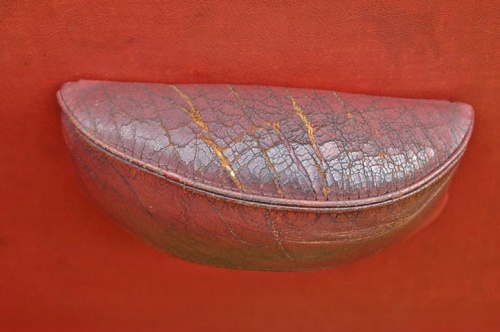
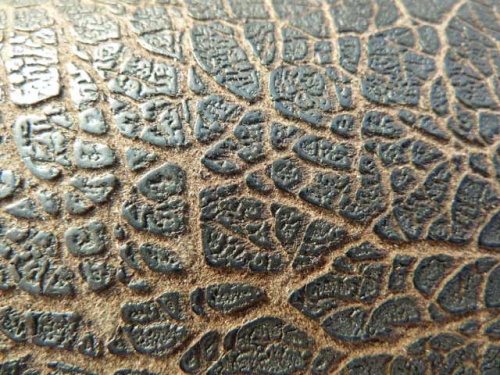
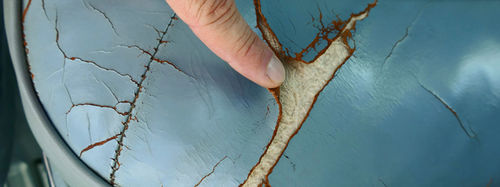
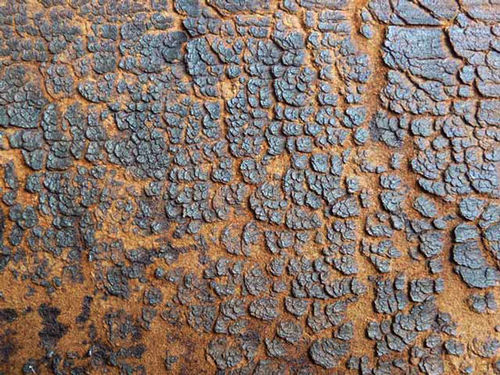
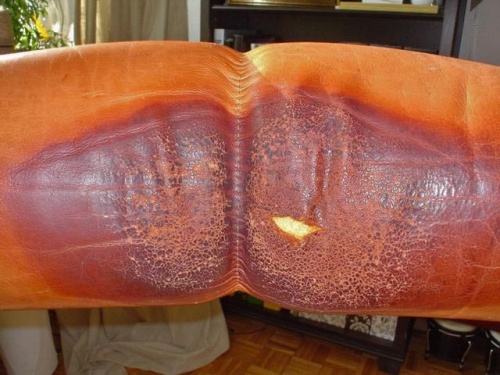
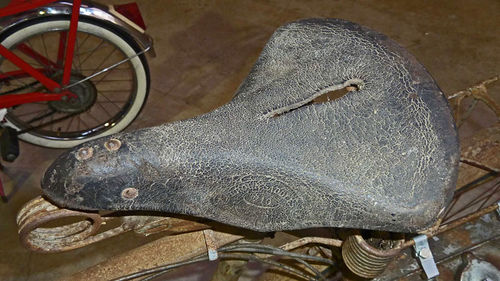

 a kotori web solution
a kotori web solution